As low-Earth orbit satellites (LEOS) become integral to global connectivity, millimeter-wave frequency bands are rising, enabling the swift movement of vast data. At the heart of this communication revolution are RF filters, major components that ensure the integrity and efficiency of signal transmission.
Millimeter-Wave Frequency Bands
Millimeter-wave signals range from 30 to 300 GHz, characterized by short wavelengths that maximize bandwidth availability. These frequencies, recognized by the International Telecommunication Union (ITU) as part of the Extremely High Frequency (EHF) band, are particularly suitable for point-to-point communications, such as those found in satellite constellations. By operating in the Q-band (33 to 50 GHz) and V-band (40 to 75 GHz), satellites can utilize wide bandwidths to support high-speed data transfers important for modern applications, including Internet of Things (IoT) devices.
High-Performance Bandpass Filters
Bandpass filters are designed to pass signals within a specified frequency range while attenuating those outside this band. For satellites, where space and weight are at a premium, high-performance filters must meet stringent specifications for insertion loss, return loss, and rejection characteristics.
An effective bandpass filter at these frequencies typically features a passband with minimal insertion loss, ensuring that signals maintain their strength and quality as they traverse from one satellite to another. Filters must also show high rejection levels to eliminate noise, preventing interference from adjacent frequency bands that could degrade communication quality.
Design Considerations for Space Applications
A filter centered at 30 GHz with a 10% bandwidth would allow for a passband of approximately 3 GHz, supporting various applications while conserving signal power. Additionally, the environmental conditions faced by satellites necessitate filters that can withstand variations in temperature and humidity. Filters designed for extreme conditions must exhibit stability across their operational range, maintaining performance without significant frequency response or loss characteristics shifts.
Advanced Materials and Technologies
Manufacturers are utilizing advanced materials and technologies to meet the high demands of satellite missions. For instance, surface-mount technology (SMT) allows for the production of compact RF filters that satisfy the reduced size, weight, and power (SWaP) requirements of modern satellites. These filters can be engineered using specialized circuit materials and substrate-integrated waveguide (SIW) technologies, contributing to improved performance.
Such innovations are exemplified by the mmW-STL and mmW-FH Series filters, designed for satellite communications applications. It is important to look for quality communications electronic components in New Mexico for better outcomes. These filters provide a range of passbands and maintain excellent performance metrics, such as low insertion loss and high out-of-band rejection, for the reliability of inter-satellite communication links.
Applications in Satellite Communication
LEOS constellations are increasingly relying on high-capacity links for inter-satellite communication. Lark’s RF filters help facilitate the transfer of large data volumes between satellites while making sure that signal integrity is preserved. In addition, these filters are important for applications in radar systems and unmanned aerial vehicles (UAVs), where performance demands are exceptionally high.
For effective signal routing, satellite communication systems employ both space-based and ground-based approaches. Regardless of the method, efficient bandwidth management is important. With the broad bandwidths available at millimeter-wave frequencies, RF filters ensure that data is transmitted quickly and reliably, enabling the growth of satellite communications as part of the broader Internet cloud.
At Techni-Source Corporation, we provide cutting-edge solutions tailored to the demanding needs of space missions, ensuring reliable performance and seamless data communication in satellite systems. Contact us today.










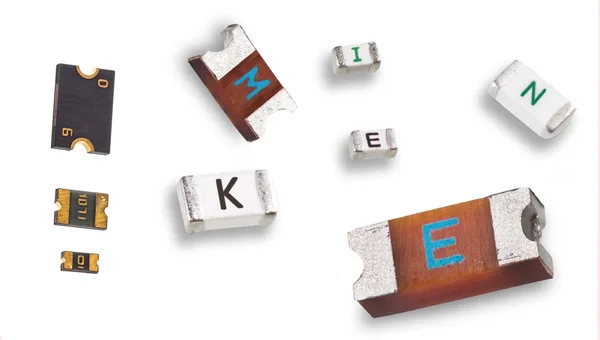


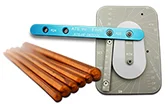

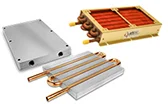

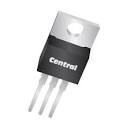



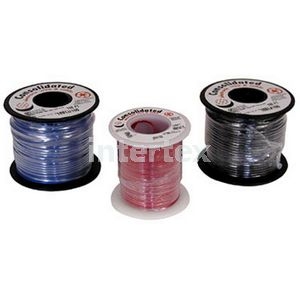





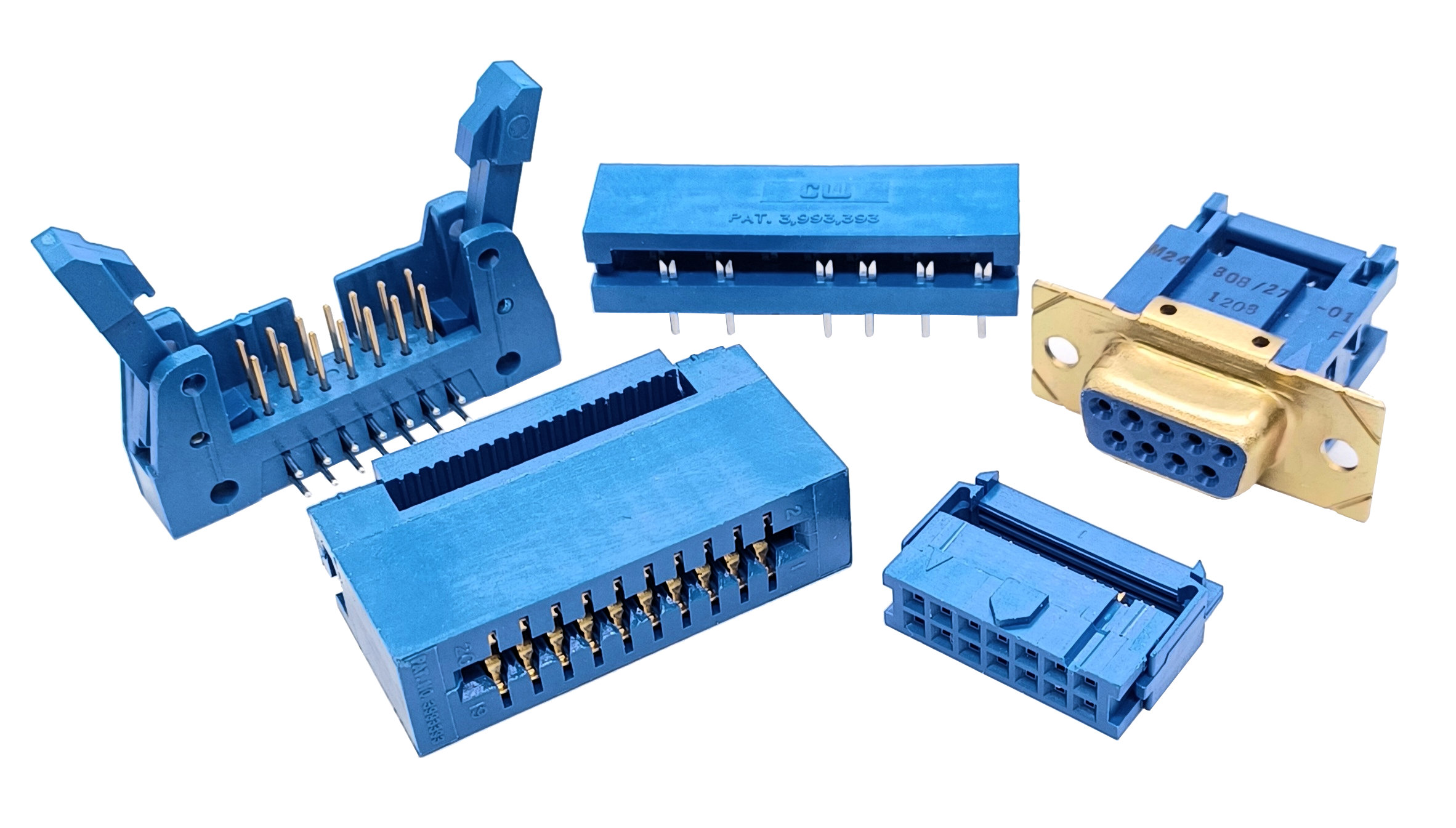

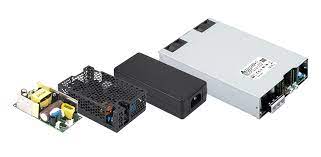
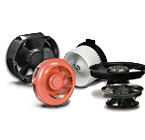
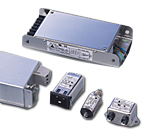

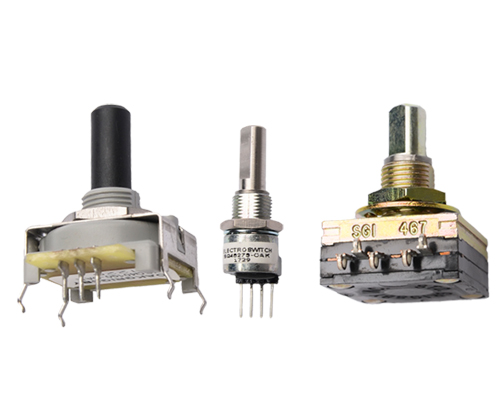
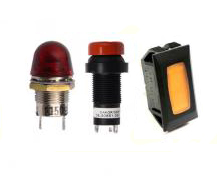
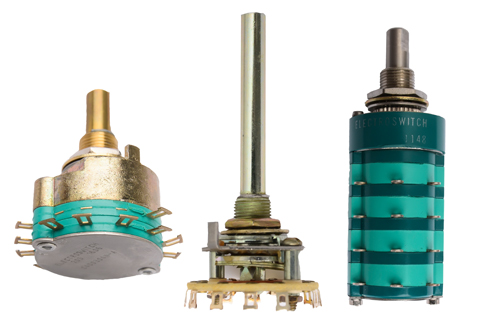

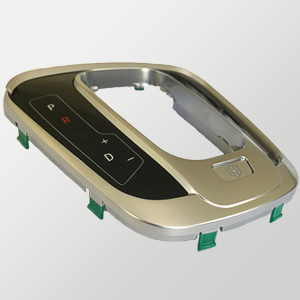
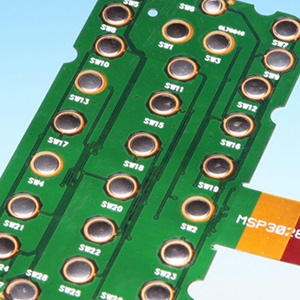
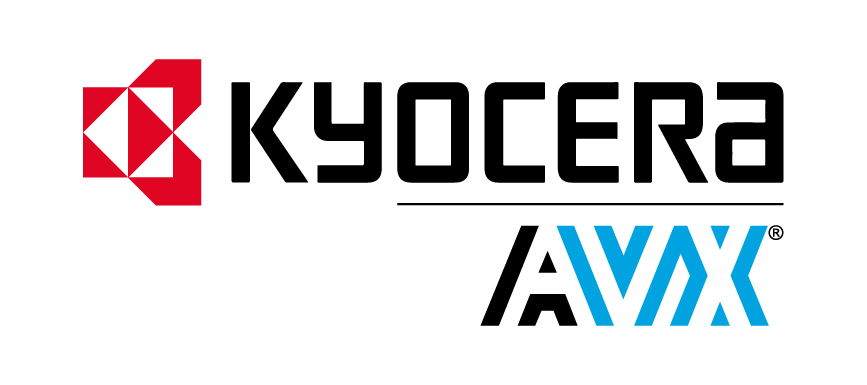
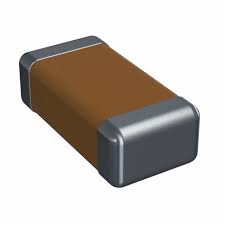
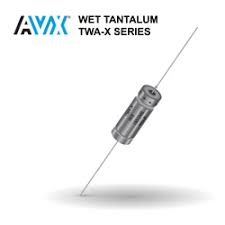
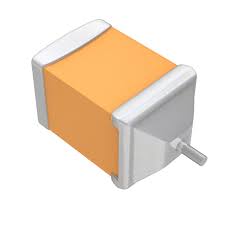

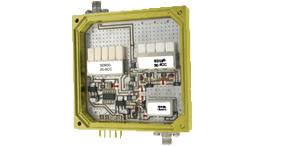
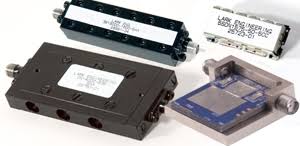
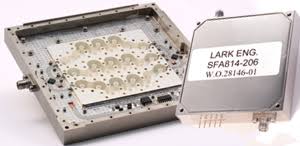


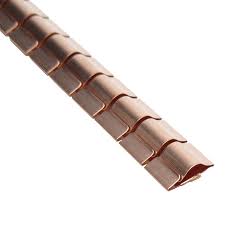
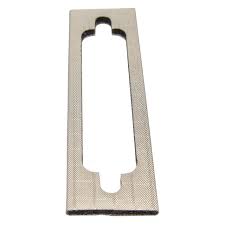


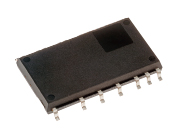


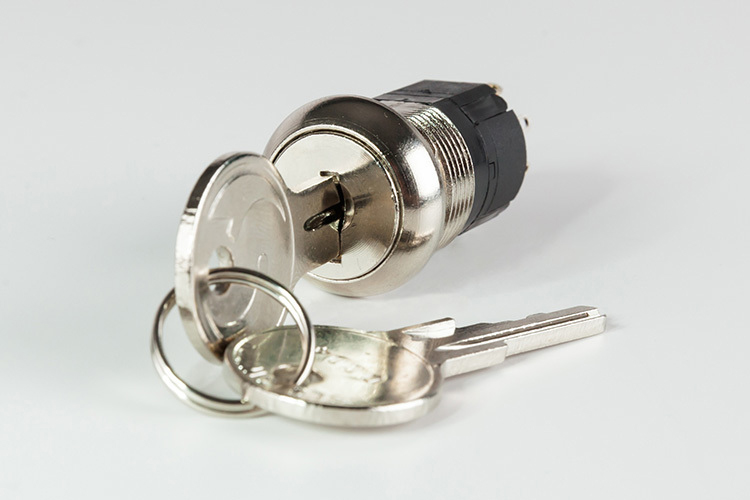
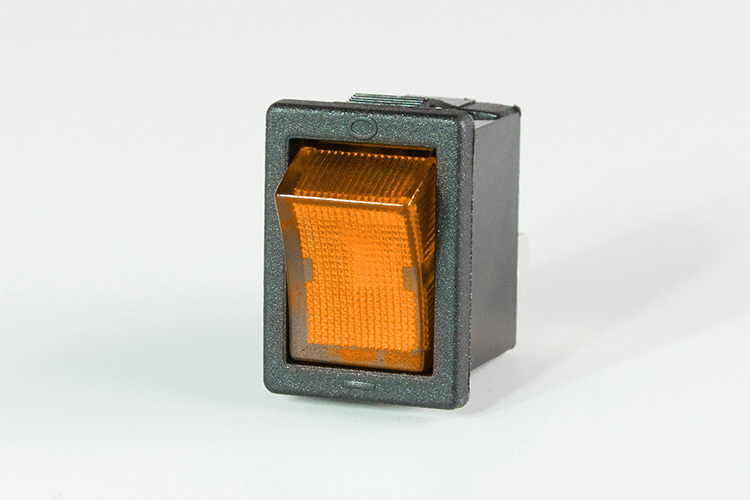


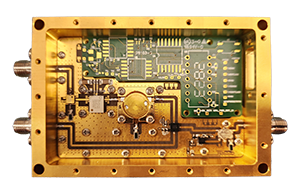
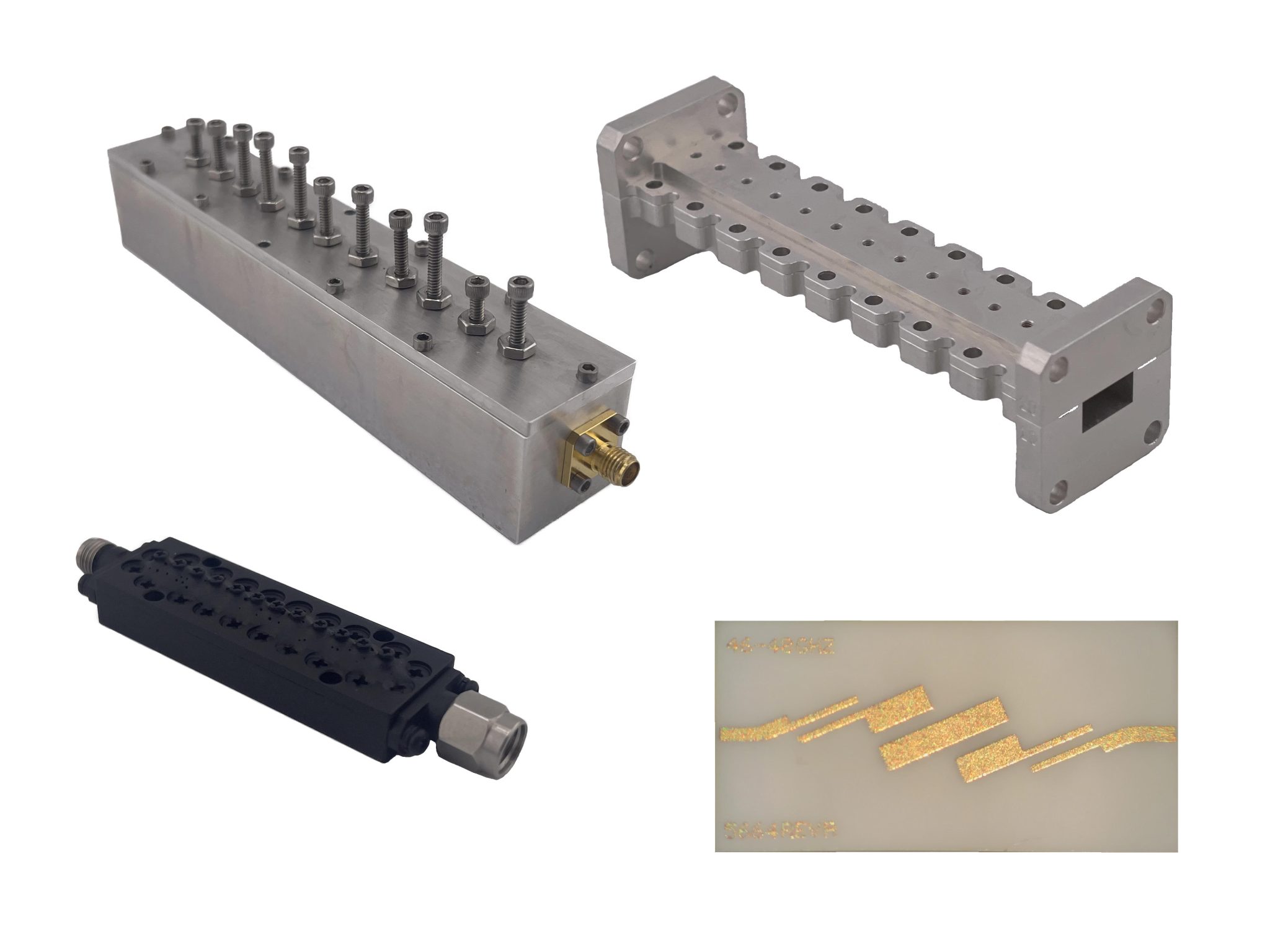
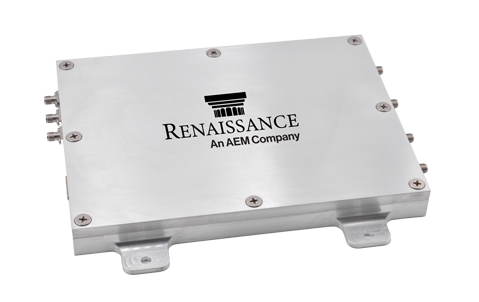

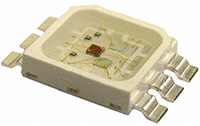
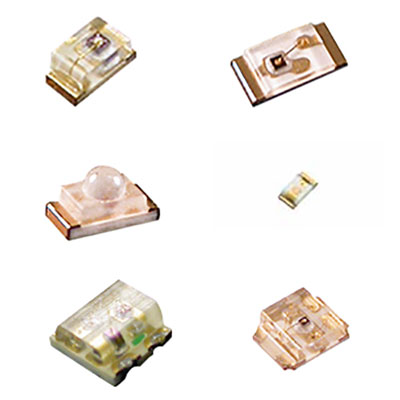
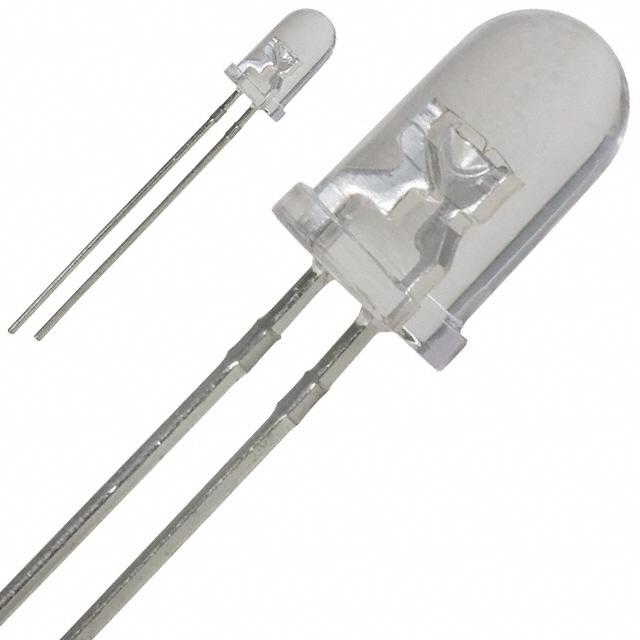

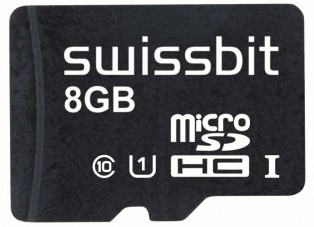
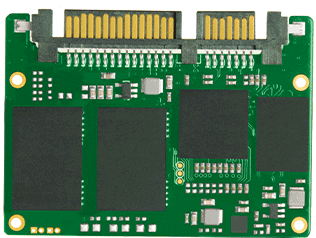
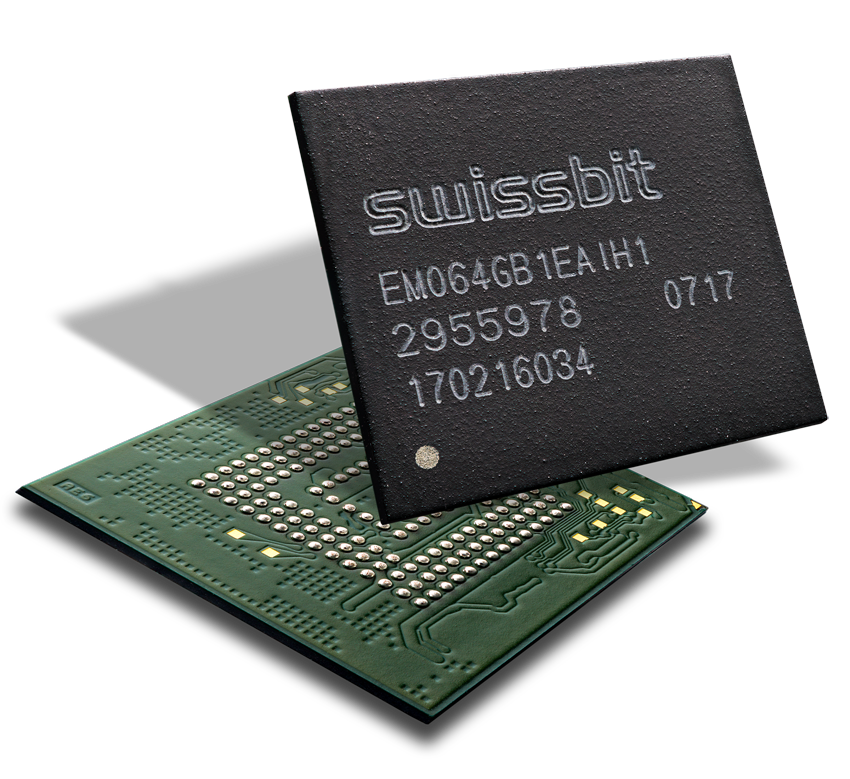

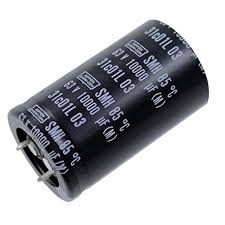

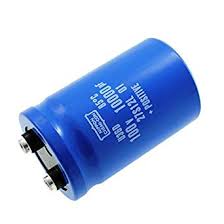

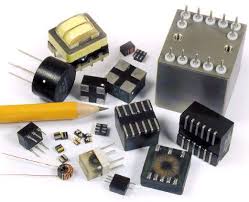

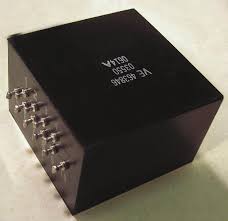

Leave a Reply